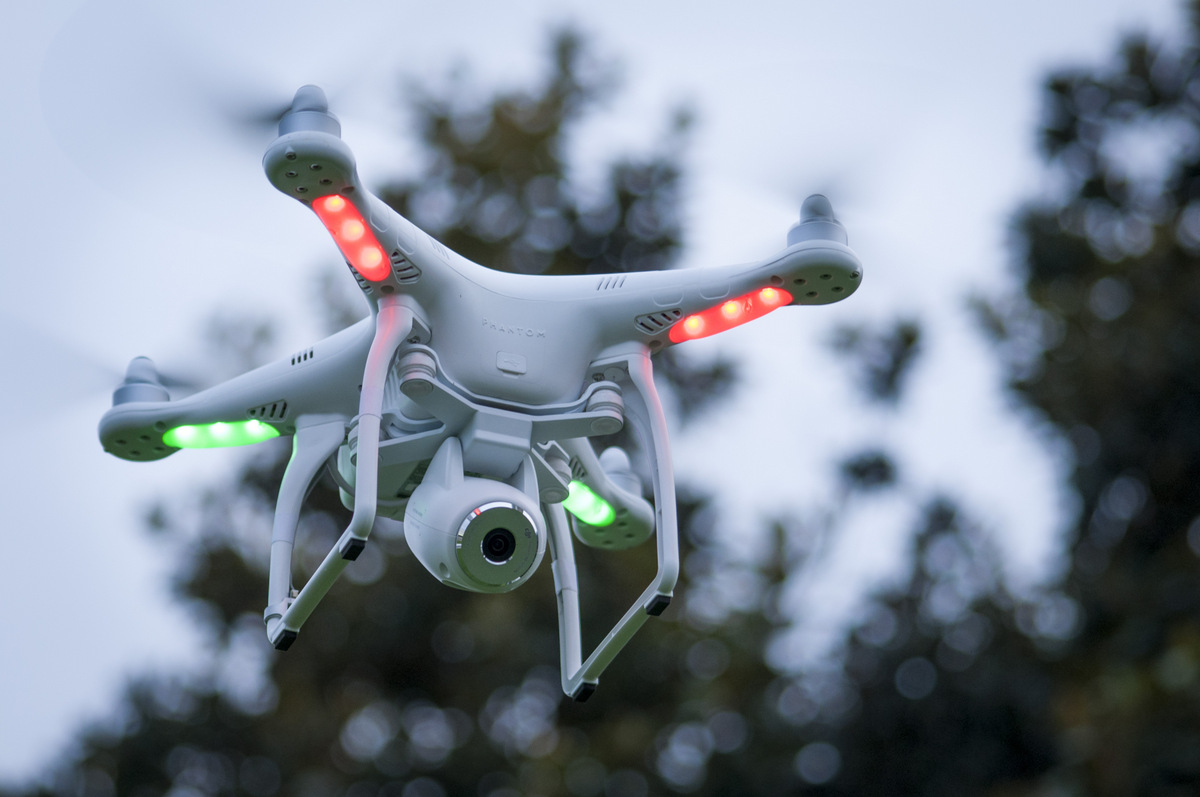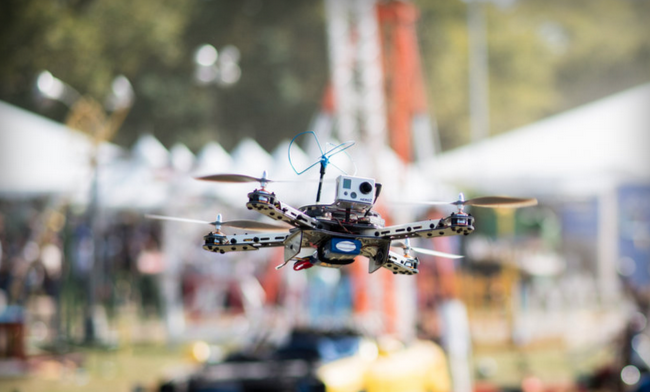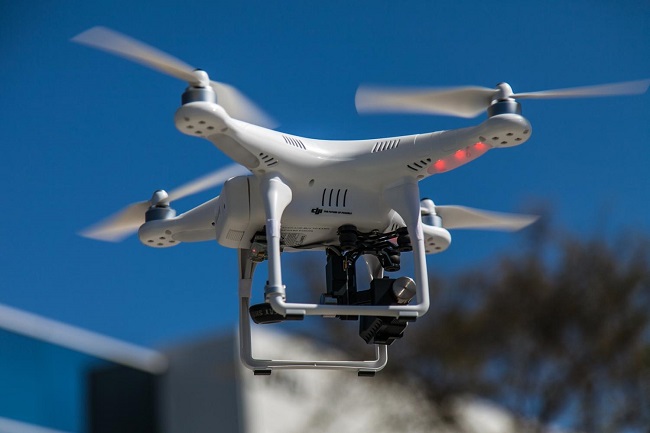
The tech industry has long ways to go before delivery drones/quadcopters shift from a proof of concept to an actual cog in the supply chain. Recent publicity stunts enacted by companies such as Amazon, Google, and Domino’s do little to resolve the biggest issue inherent in drone deliveries: the lack of an air traffic management system. NASA – working out of Moffett Field, CA – has shouldered this burden to develop a universal traffic management program for drones and all other low-flying objects (400 to 500 feet off the ground).
Getting one or two drones up in the sky is a nonissue, but when that number begins to exponentially increase, the lack of an infrastructure makes it difficult to keep both drones and pedestrians safe. For this reason, the Federal Aviation Association (FAA) has made commercial drone use illegal in hopes of delaying mass adoption. By contrast, hobbyists are permitted to operate drones as long as they do not endanger others. What does and does not constitute as endangerment is murky territory, considering one man was charged with a felony for filming police presence at a vehicular accident earlier this year, whereas other hobbyists filmed damage created by the latest Californian earthquake with no intervention.

NASA, as the primary advisor to the FAA on matters related to the NextGen system for “real” planes, is at the forefront of computer-run aviation systems. The proposed drone air traffic control (ATC) system will be entirely computer run and automated, shedding the use of dark, cramped towers full of radars and headphone-wearing jockeys, in favor of server rooms.
The ATC system takes its cues from the ATC systems of conventional aircraft by monitoring weather conditions such as strong winds, which are particularly hazardous to drones; detecting obstacles such as buildings, news helicopters, and other drones, a bigger challenge for low-flying objects; and also reporting any no-fly zones.

How long before NASA’s ATC is nationally adopted? A spokesperson for the FAA informed the New York Times that the agency is striving to publish its planned rulings for unmanned aerial drones by some point later this year, although other reports contradict this, suggesting that the FAA will most likely miss its 2015 deadline. Google’s own estimates are even more conservative, expecting it to take “a few years but less than a decade” before drones are capable of delivering small packages to our homes. The company plans to spend the next year developing its own drones’ navigation system.
Parimal H. Kopardekar, a NASA principal investigator who is managing the program, believes that drone-related technophobia runs deep and that public acceptance must evolve simultaneous to the flight infrastructure. Just a year ago, a rural Colorado town paid a bounty of $100 per drone shot down. “There is the technology piece and then there is the public acceptance piece, and both have to evolve,” Dr. Kopardekar said. “If they are taken over by some rogue elements, how do you manage them? How do you have them safely land and take off in the presence of a grandma doing landscaping and kids playing soccer?”
Kopardekar predicts that the preliminary application for the drones’ ATC system will in agriculture in sparsely populated areas performing such tasks as monitoring oil pipelines or crops. “In agriculture,” Dr. Kopardekar said, “I'm hoping we will see some action inside of the next year.”
Via NYTimes
Advertisement
Learn more about Electronic Products Magazine





